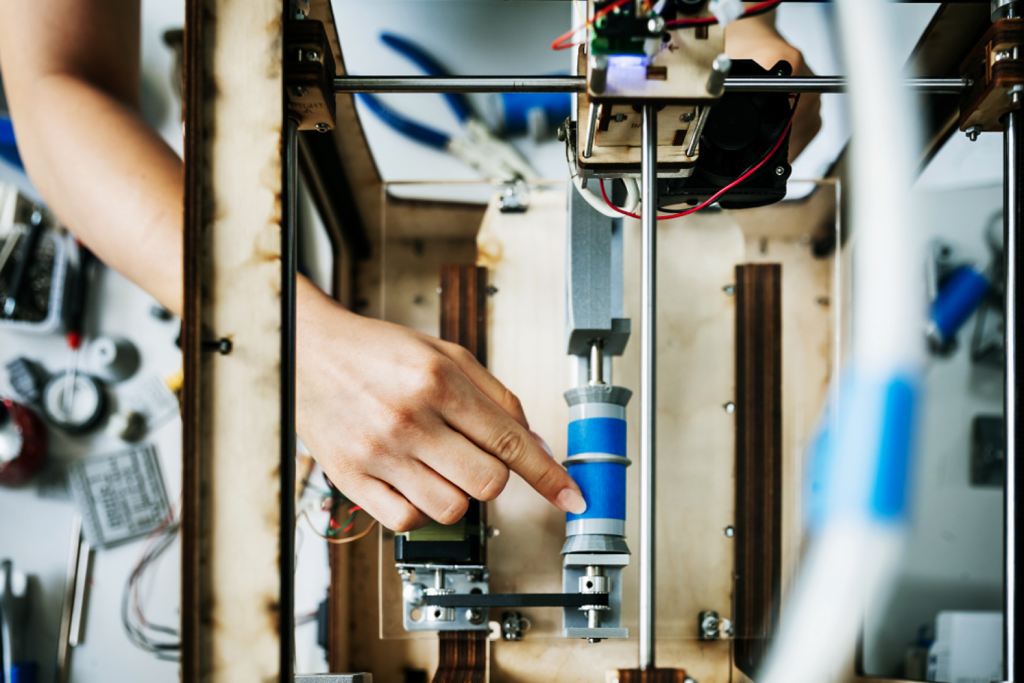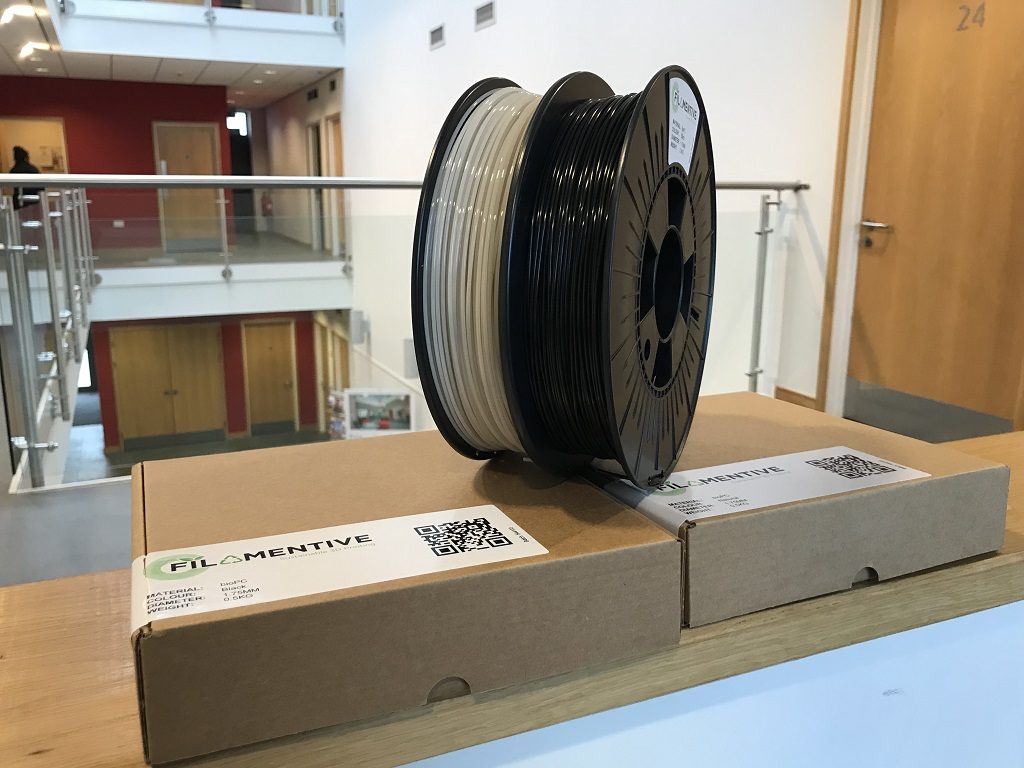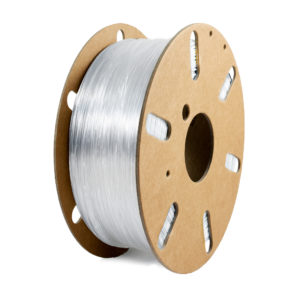Nonprofit standards development organization ASTM International, which develops and publishes technical standards for a range of industries, materials, products, services, and systems around the globe, has signed a memorandum of understanding (MoU) with Underwriters Laboratories (UL), another nonprofit which works to advance its mission of public safety through discovery and application of scientific knowledge. The agreement will set up a framework for a cooperation between the two to create an international, dual-logo ASTM and International Standardization Organization (ISO) standard.
“We are announcing a collaboration agreement with ASTM International that will result in an ISO-ASTM standard for additive manufacturing facility safety management,” Patrick Wilmot, Communications Manager for UL Standards, told 3DPrint.com. “This is an exciting partnership for our organizations and we believe it will be of great use to the AM industry.”
While ASTM signed an MoU with German testing and certification organization TÜV°SÜD at formnext 2019, and created the Additive Manufacturing Standards Development Structure with ISO back in 2016, this new MoU is the first international collaboration agreement of its kind with fellow standards development organization UL.
“This partnership brings together both organizations’ expertise and shared desire to drive global safety. It leverages ASTM’s technical committee and relationship with ISO with our document and research to drive impact and positively influence the international standards landscape,” said UL Standards Vice President Global Standards Phil Piqueira.
The terms of this new MoU state that ASTM will act as the standards developing organization (SDO) for the agreement, which includes responsibilities such as managing all activities and administrative support. In addition, it will convene the organization’s F42 additive manufacturing technical committee, first formed over a decade ago, in order to review and advance the UL document, the basis of which is its 3400 Outline of Investigation for Additive Manufacturing Facility Safety Management. Once the document, developed with UL research, is complete, ASTM will publish the standard.
 ASTM has an existing agreement with ISO to publish its standards documents as ASTM-ISO standards, which means that UL Standards will transfer its copyright of the material in the UL 3400 document over to ASTM so that it can officially be published as an ISO-ASTM standard. The complete, published standard will also be attributed to UL Standards, due to its content and technical expertise.
ASTM has an existing agreement with ISO to publish its standards documents as ASTM-ISO standards, which means that UL Standards will transfer its copyright of the material in the UL 3400 document over to ASTM so that it can officially be published as an ISO-ASTM standard. The complete, published standard will also be attributed to UL Standards, due to its content and technical expertise.
“The collaborative nature of global standardization creates many opportunities for partnership with other SDOs. We appreciate these opportunities to share knowledge with partners like Underwriters Laboratories to help advance public safety in this fast-evolving field,” stated Brian Meincke, ASTM International’s Vice President of Finance, Business Development and Innovation.
What do you think about this news? Let us know! Discuss this story and other 3D printing topics at 3DPrintBoard.com or share your thoughts in the Facebook comments below.
The post ASTM and UL to Publish ISO-ASTM Standard for Additive Manufacturing appeared first on 3DPrint.com | The Voice of 3D Printing / Additive Manufacturing.







